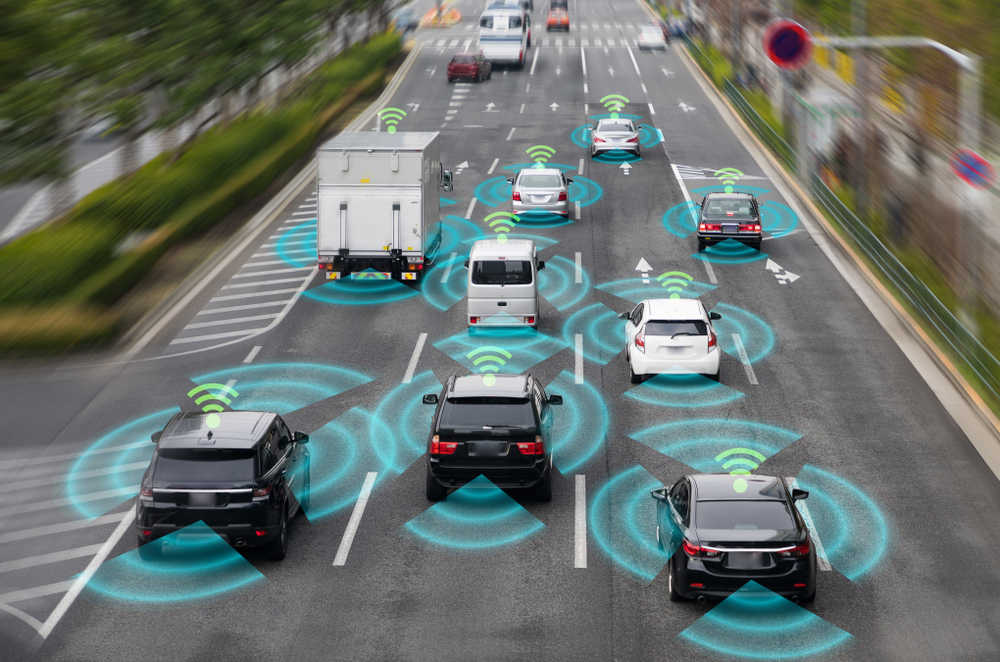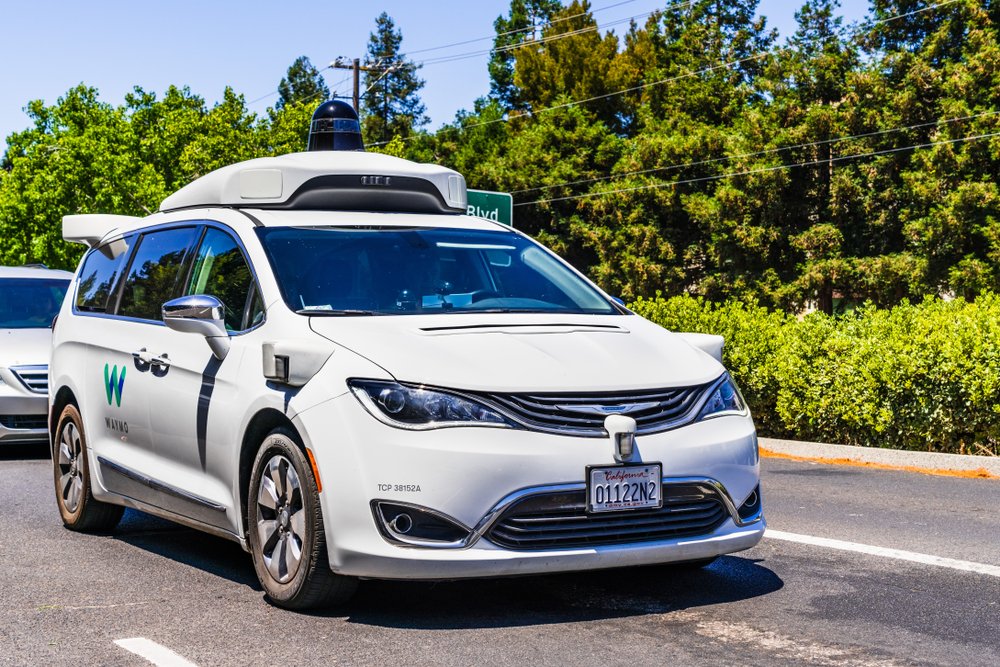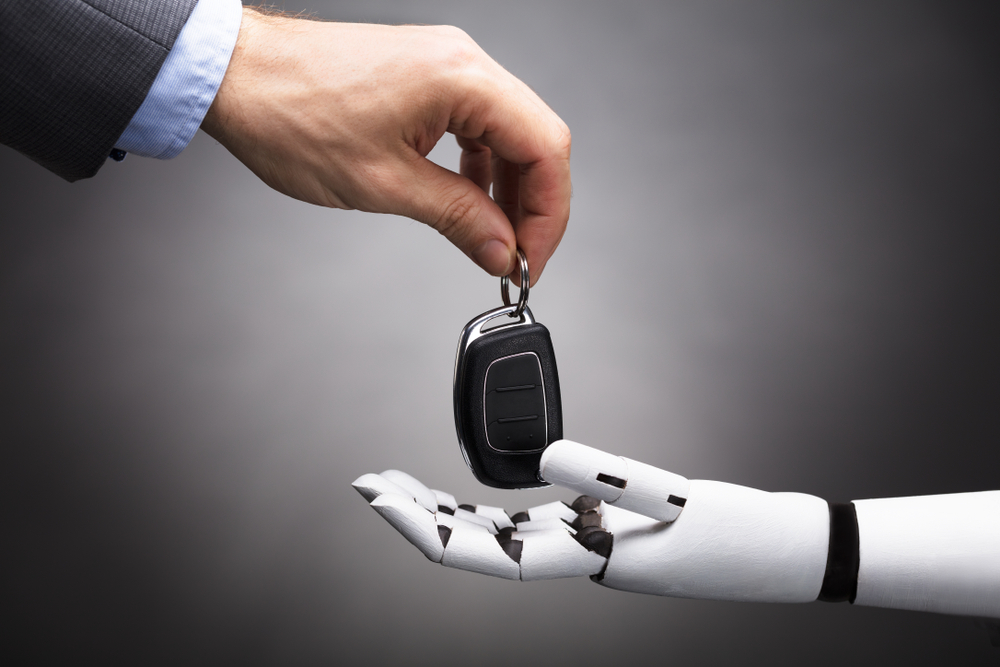
Wouldn’t it be great if your car could drive by itself, and all you had to do is tell it where to go? There are many advantages that self-driving cars can offer. Owning a car that can drive by itself would make all trips more comfortable, as you wouldn’t have to keep your eyes on the road all the time. Also, while the car drives, you can spend your time more productively or entertainingly. The most important upside, however, would be a significant improvement in safety. And there would be no room for driver error, which accounts for most of the car accidents and traffic fatalities.
By now, you may have seen videos where various self-driving vehicles steer the car through the traffic with no visible problems, making you think this is possible. Still, it also makes us wonder why don’t we see these cars driving around in the city streets already? Some will say the problem is within the law that requires drivers to pay attention at all times. Unfortunately, the problem is not that simple. There is more to it than just the legislation, as the current technology has its limitations. In this article, you will learn what these limitations are and what problems and potential dangers may come with self-driving vehicles.
Do self-driving cars really work?
To gain a better perspective about self-driving cars, you first must know what types are there and how they differ from each other. Self-driving cars can be divided into six categories, depending on the level of autonomy they provide. At the bottom, there are Level 0 cars, which have assistance systems that can only inform the driver about potential dangers. On the other end of the range, you would find Level 5 cars. These vehicles can drive by themselves in all situations with no driver intervention required. However, despite many technical advancements, there are no Level 5 vehicles available on the market at this time.
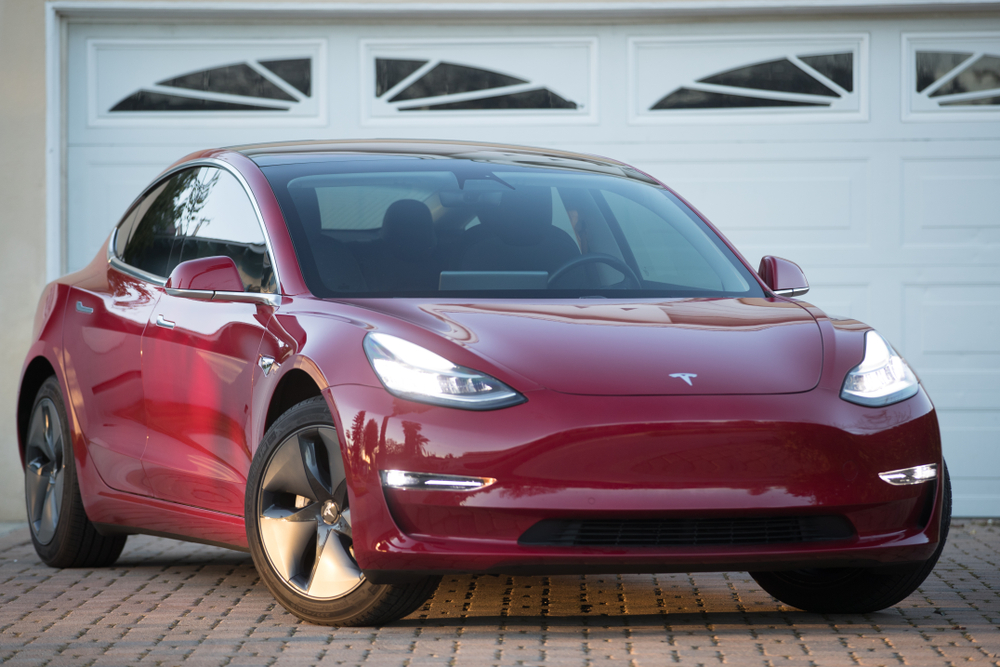
One of the most advanced systems available comes from Tesla and its Autopilot feature. It can take over full control of the car but still requires the driver to keep eyes on the road. This level of autonomy makes Tesla cars Level 2 self-driving vehicles. Another important name in the world of autonomous vehicles is Waymo, a Google subsidiary that develops its own autonomous driving technology. This company runs a fleet of various vehicles, such as the Chrysler Pacifica, retrofitted with their self-driving components. These cars can drive on their own throughout the whole trip, with no help from the driver. However, this is only possible in areas previously mapped by Waymo technicians, which makes them Level 4 vehicles.
How do self-driving cars work?
Regardless of what level of automation they offer, most self-driving cars use similar technology. It starts with a range of high-definition cameras placed around the car, combined with ultrasonic sensors and radars. In some applications, GPS and satellite navigation provide additional information about the current location. These values go into a computer, which uses them to create an image of the car surroundings. The last step is deciding on suitable actions, such as turning or braking. Creating a decision-making program that can mimic human intelligence and intuition is the biggest problem. Self-driving cars perform great in a controlled environment with clear rules, such as highway traffic. However, in urban traffic, self-driving algorithms sometimes can't keep up with conditions that may seem chaotic.
Are self-driving cars safe?
If we look at the statistics, self-driving cars appear to have a superb track record. For instance, Waymo cars have covered over 10 million miles driving on public roads. In this interval, they caused only one minor accident while in autonomous mode. This is an admirable result, but you must remember this was under controlled conditions that include previous mapping and similar limitations. Tesla cars, on the other hand, have caused several serious accidents while on Autopilot. Still, it is worth mentioning that the human factor can have played an important role in these crashes, as these cars operate in various conditions and have no professional assistance.
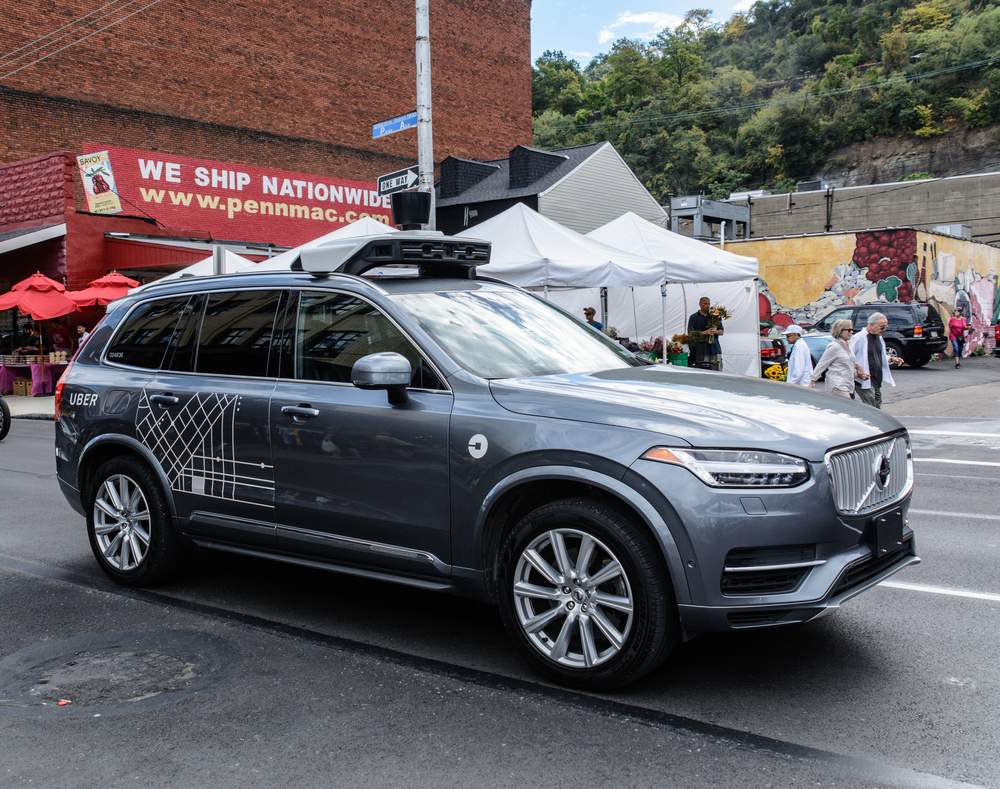
We can conclude that self-driving cars are safe if we use them within their limitations and follow guidelines set by the manufacturer. This way we can enjoy a safe, relaxed and comfortable trip and have better use of our time. The problems begin when we misuse this technology, which can lead to dangerous situations and severe accidents.
How many deaths have self-driving cars caused?
By the end of 2019, there have been 6 deaths related to cars driving in autonomous mode. While every death is a tragedy, these figures seem to alight with the goal of zero fatalities in traffic. Still, several prominent cases reveal a worrying issue that could escalate to a much bigger problem. One of them happened in Florida, where a Tesla Model S failed to react when a truck swiveled into its path, ending up underneath the trailer. Another took place in Arizona, where a woman was riding her bicycle when an Uber test vehicle struck her. Along with other similar accidents, these accidents proved that current technology still has limitations and weak points.
Why are driverless cars a bad idea?
Despite manufacturers’ best efforts, imperfections and glitches are an unavoidable part of every man-made system. Most of us have learned to live with these nuisances. Still, this is not so simple with self-driving vehicles. It is an inconvenience when your computer or smart-phone freezes-up. However, it's easy to understand how dangerous it could be if it were to happen with your car while its speeding down the road. These potential system issues are just a small portion of a problem.
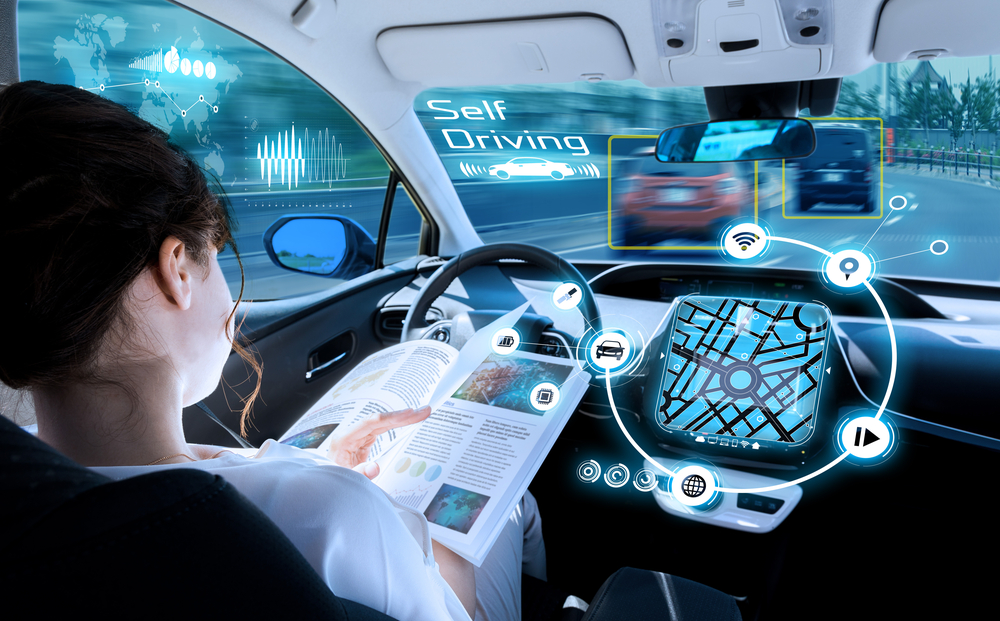
The big question, not limited only to self-driving cars, is how to create and program artificial intelligence. This is a crucial component that will allow adequate control and reactions in real-world environments and various unforeseen situations. Besides technical and software challenges that come with it, there are also moral and ethical dilemmas that come with it. As there are no real answers to these questions at this time, it is not likely we will see fully autonomous vehicles on our roads any time soon.
Even with currently available technology and solutions, we can still see several potential problems. The biggest issue is trusting it too much and expecting it to do more than it is capable of. Self-driving cars that perform well in most situations can develop a false sense of security for drivers who could consequently stop paying attention enough to what's happening ahead.
Learn more about self-driving cars pros and cons here.

